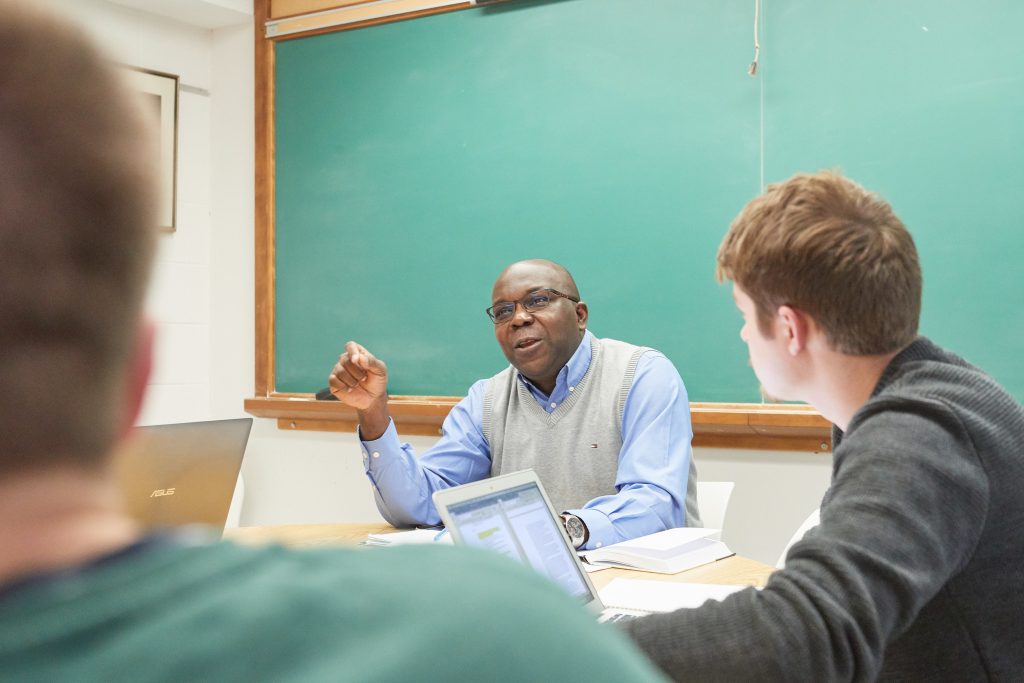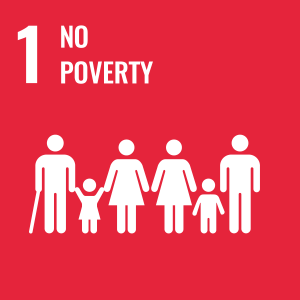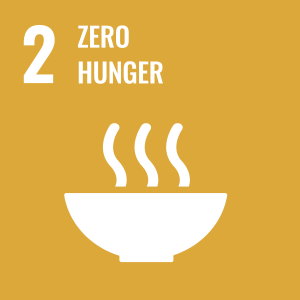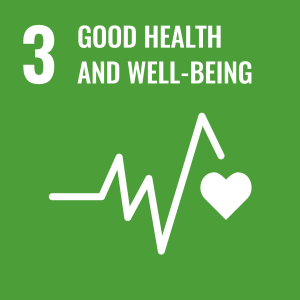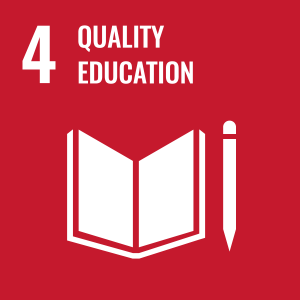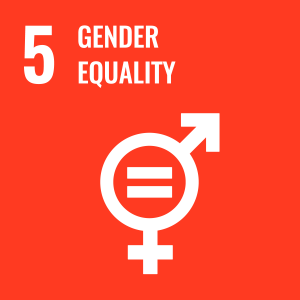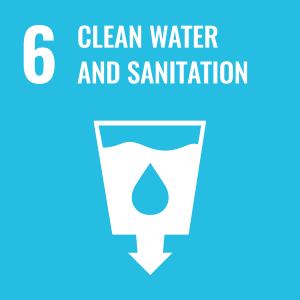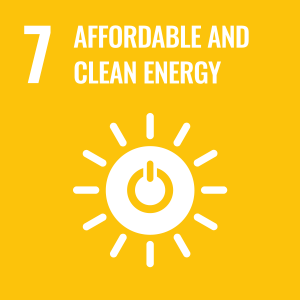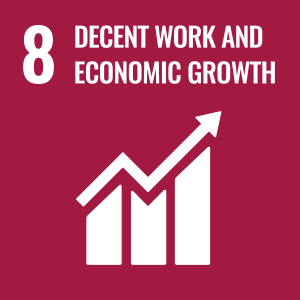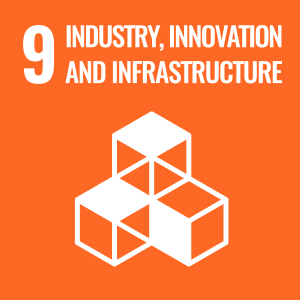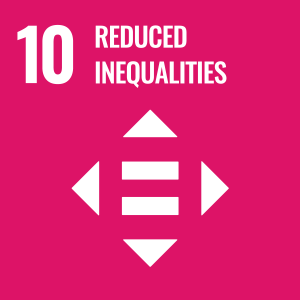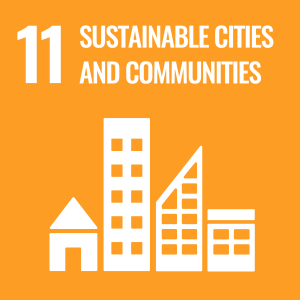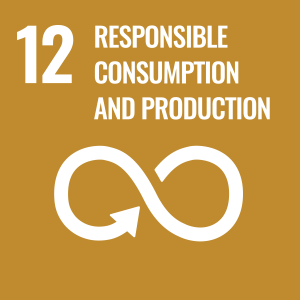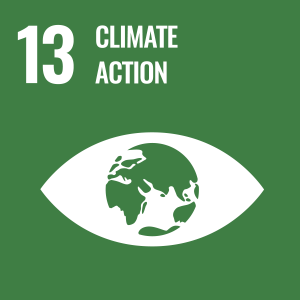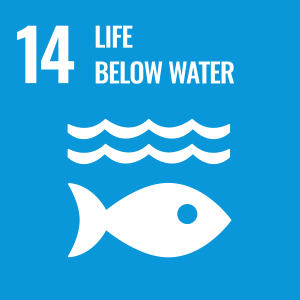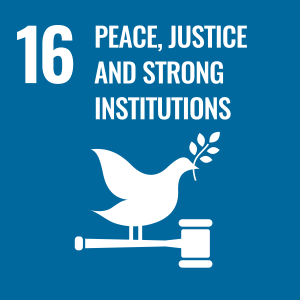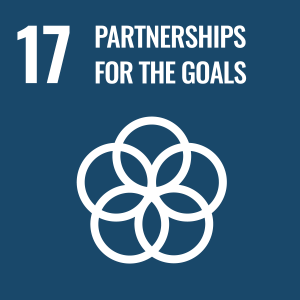Goal 15: Life on Land
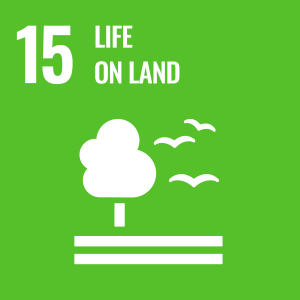 |
SDG 15 focuses on protecting, restoring and promoting sustainable use of ecosystems. The best way to do that is to listen to and be guided by the people who live on and know the land and the landscape. For Gita Ljubicic, it is the only way. |
‘Inuit are doing science every day’
In Nunavut, Indigenous and scientific knowledge are supposed to be considered equally when making policy or decisions. But there isn’t always the time, the resources or the will to follow through and include Inuit perspectives in broader decision making.
That means the voices of those who have the most to contribute go unheard.
It’s why, despite a near-constant presence of caribou on King William Island, and its relevance to the community, the area shows up as blank on most caribou range maps. It’s why weather monitors and sea ice maps don’t always reflect updated conditions that affect Inuit communities, even though that information is vital for community members to travel, hunt and fish.
Gita Ljubicic is working to change that.
She heads an interdisciplinary research team that works closely with Indigenous communities, respecting and learning from Indigenous knowledge and using it alongside western science to address community-identified priorities.
Featured Stories
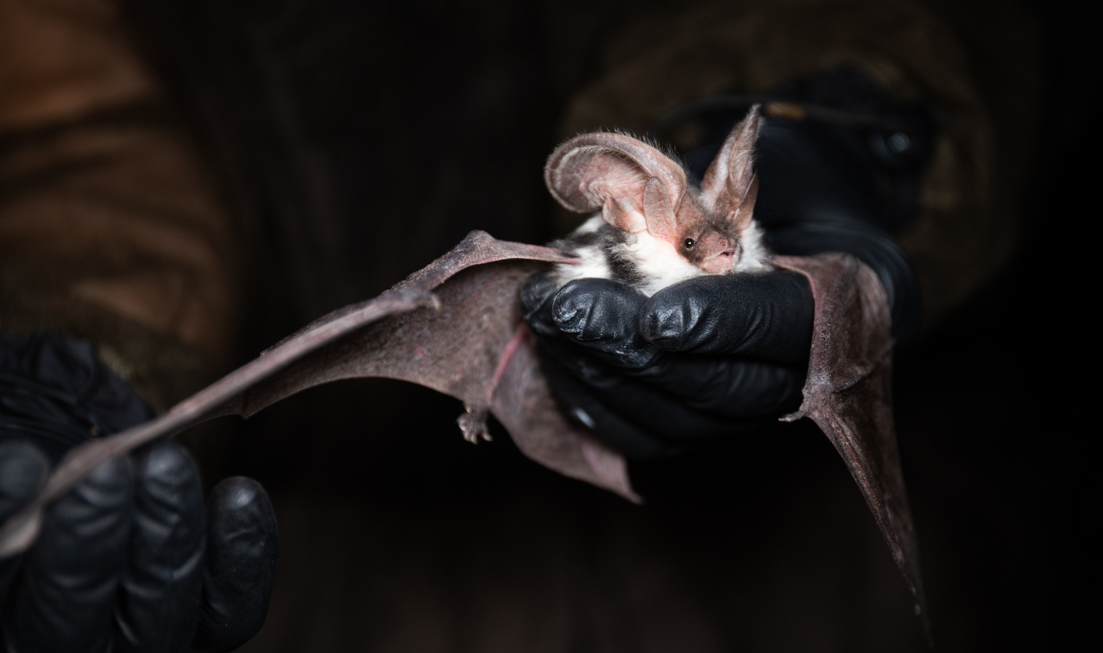
Researchers look to bats’ own wings to fight a fungal disease that kills bats
Bacteria and fungi from the wings of bats could play a significant role in saving them from white-nose syndrome (WNS), a fungal disease that has . . .
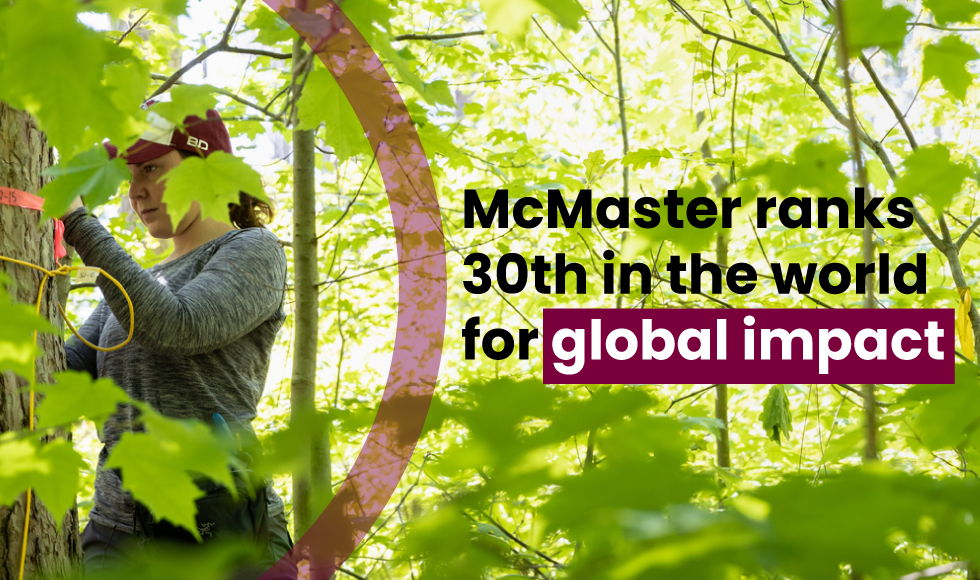
McMaster ranks 30th in the world in Times Higher Education University Impact Rankings
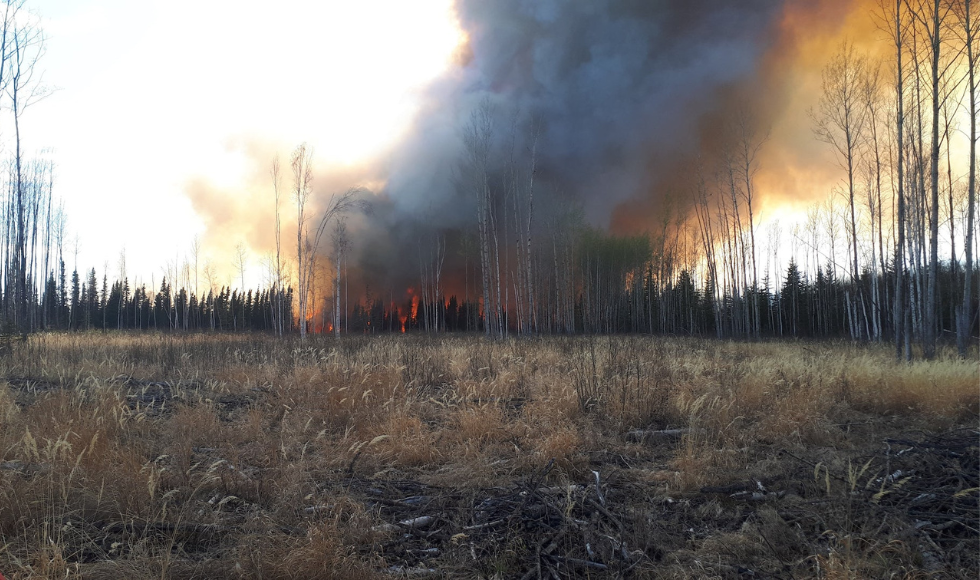
Analysis: Pollution time bombs — Contaminated wetlands are ticking towards ignition
Wetlands across the globe have long served as natural repositories for humanity’s toxic legacy, absorbing and retaining hundreds to thousands of years’ worth of pollution. . . .

